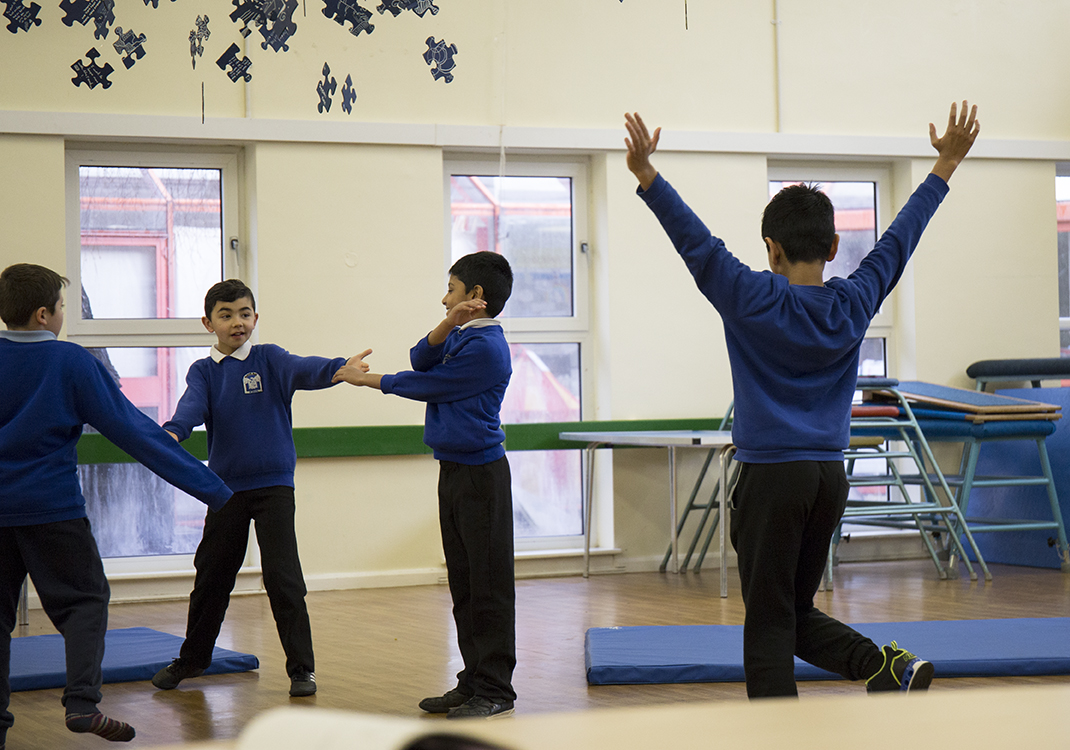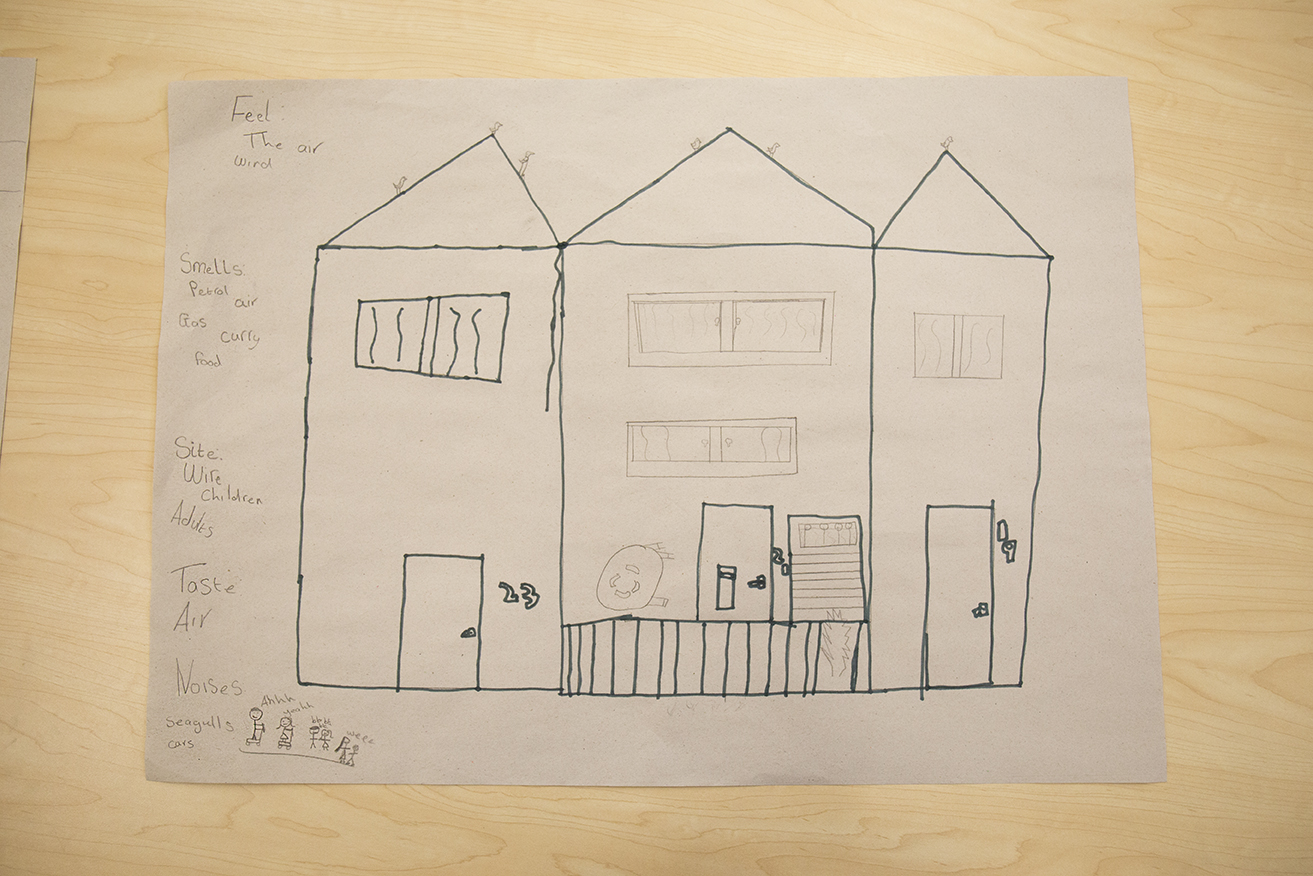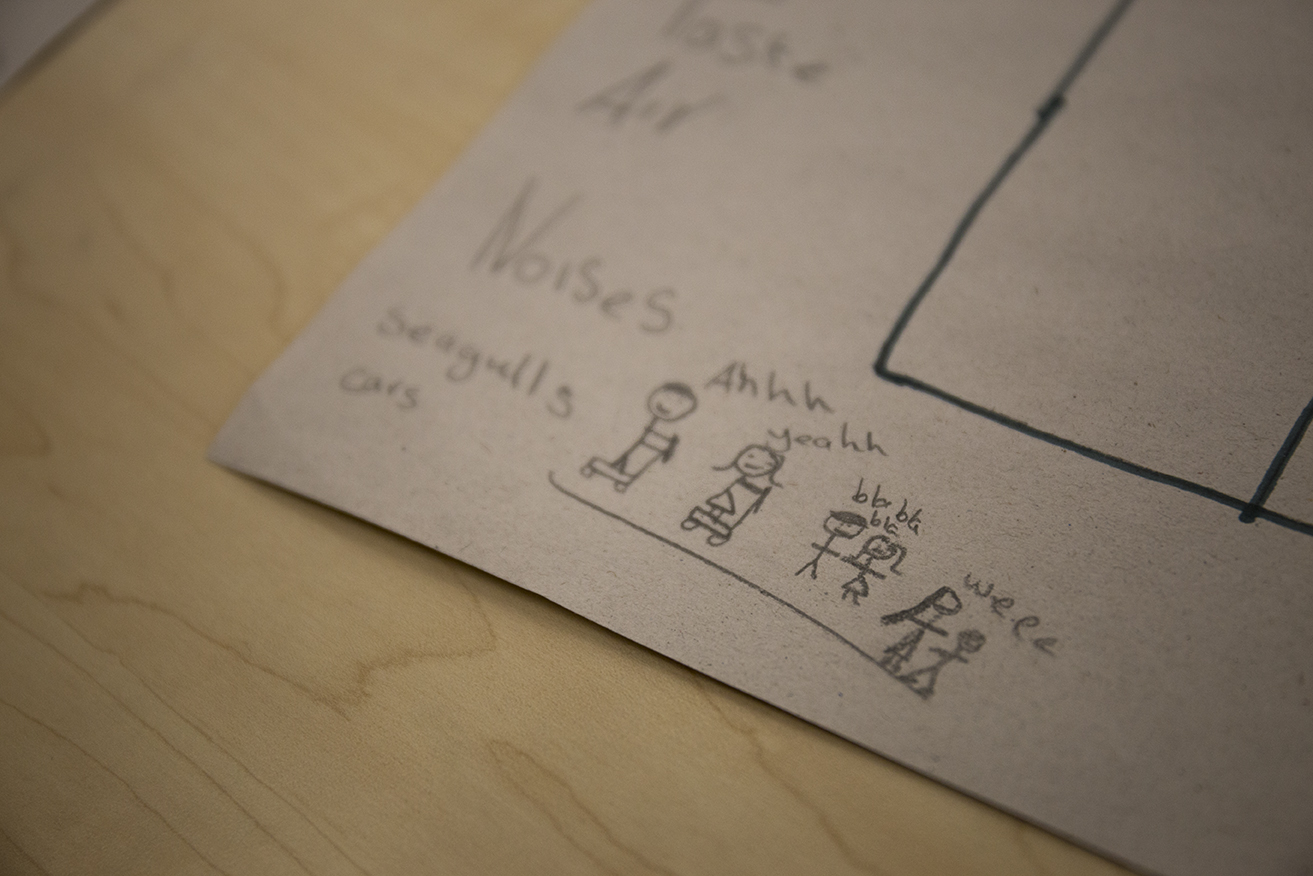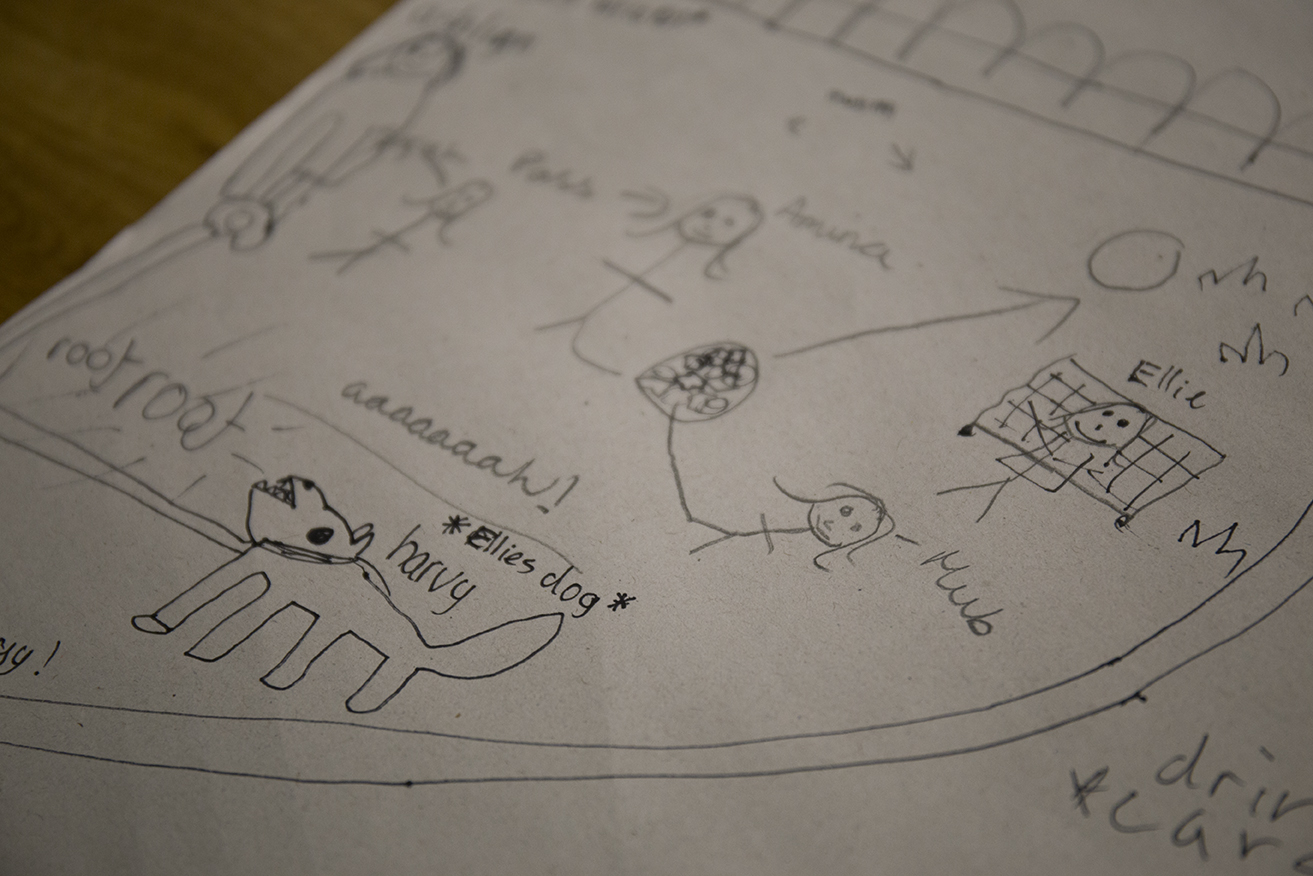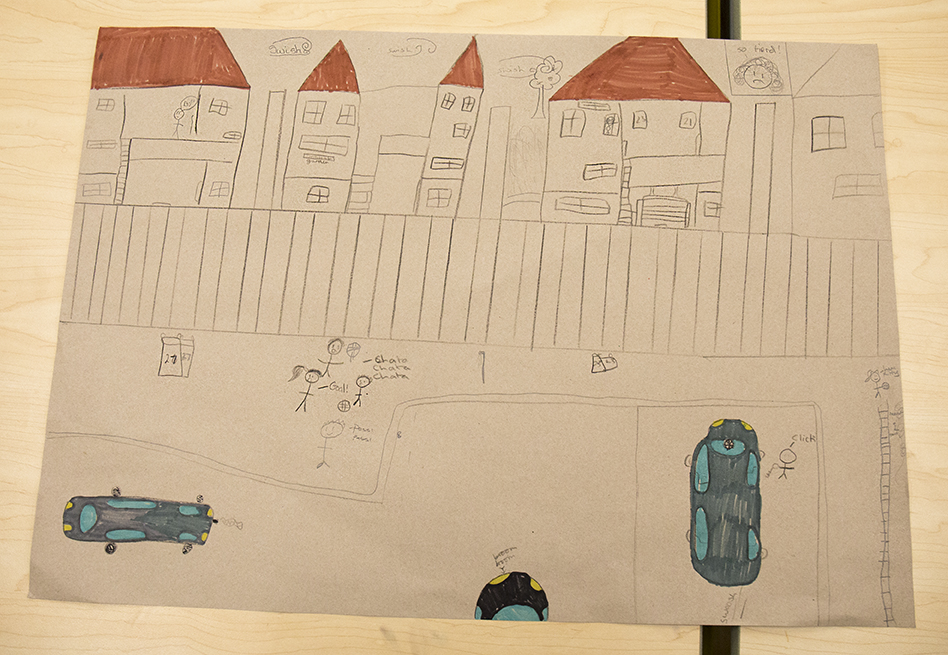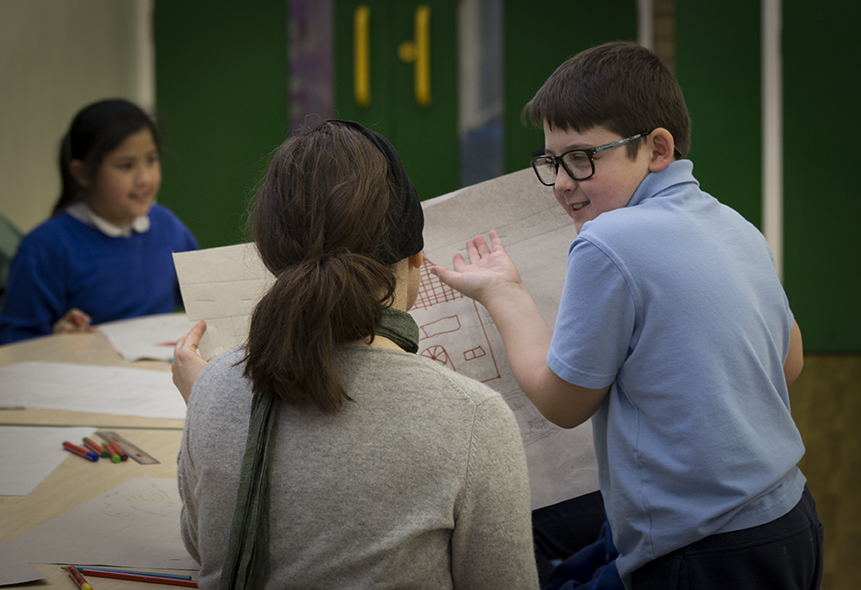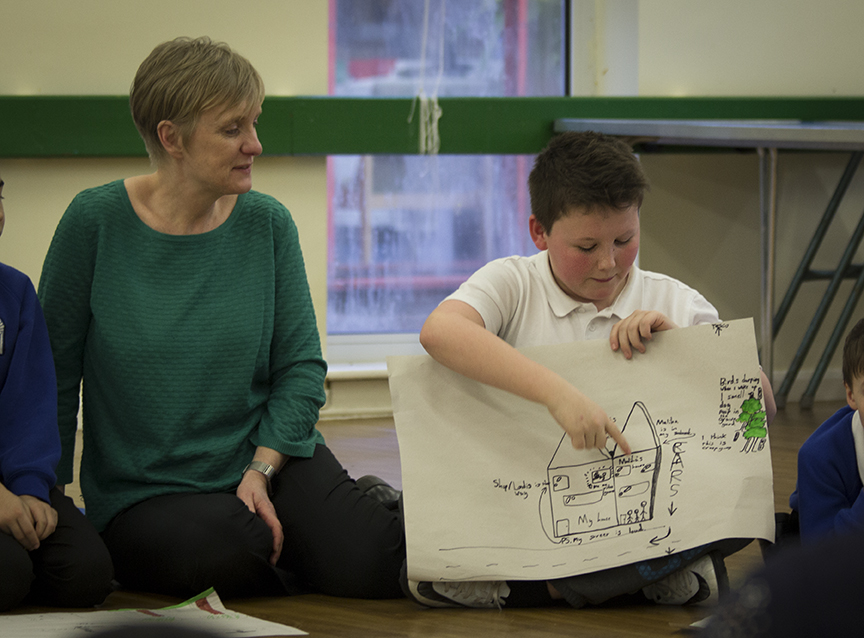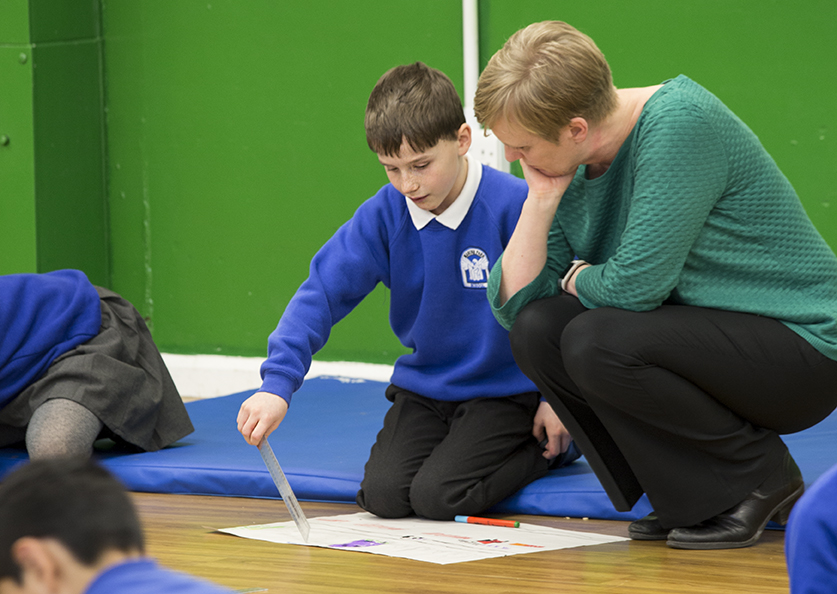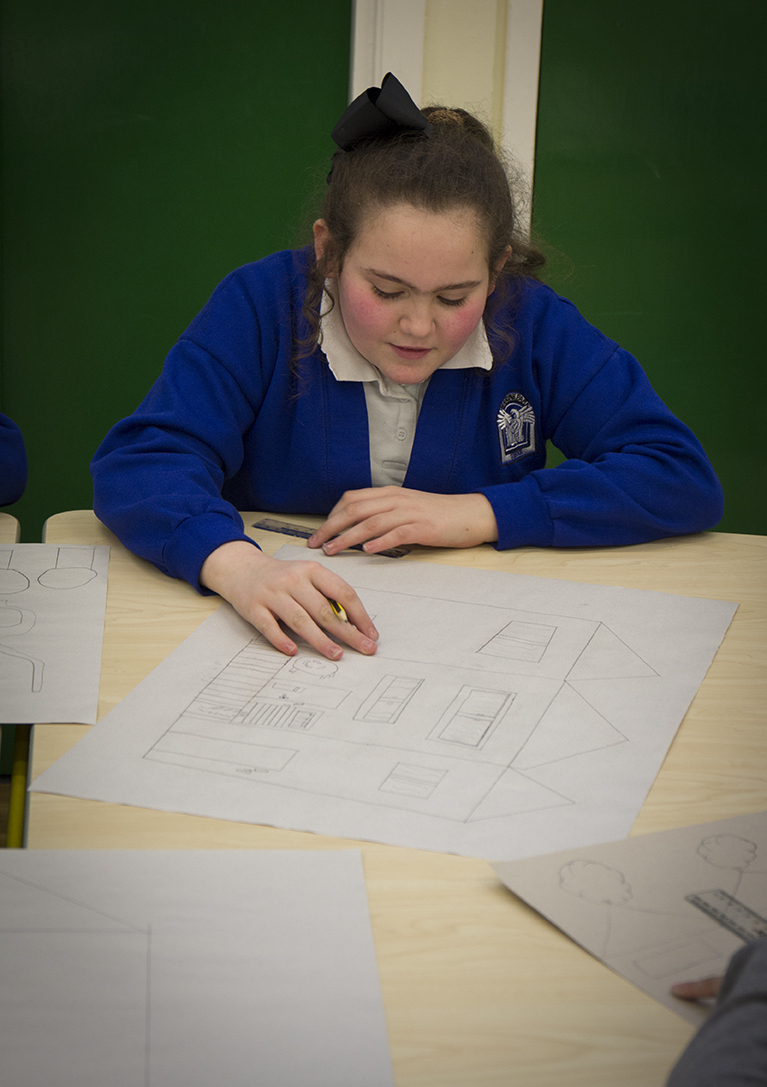Sensory Mapping
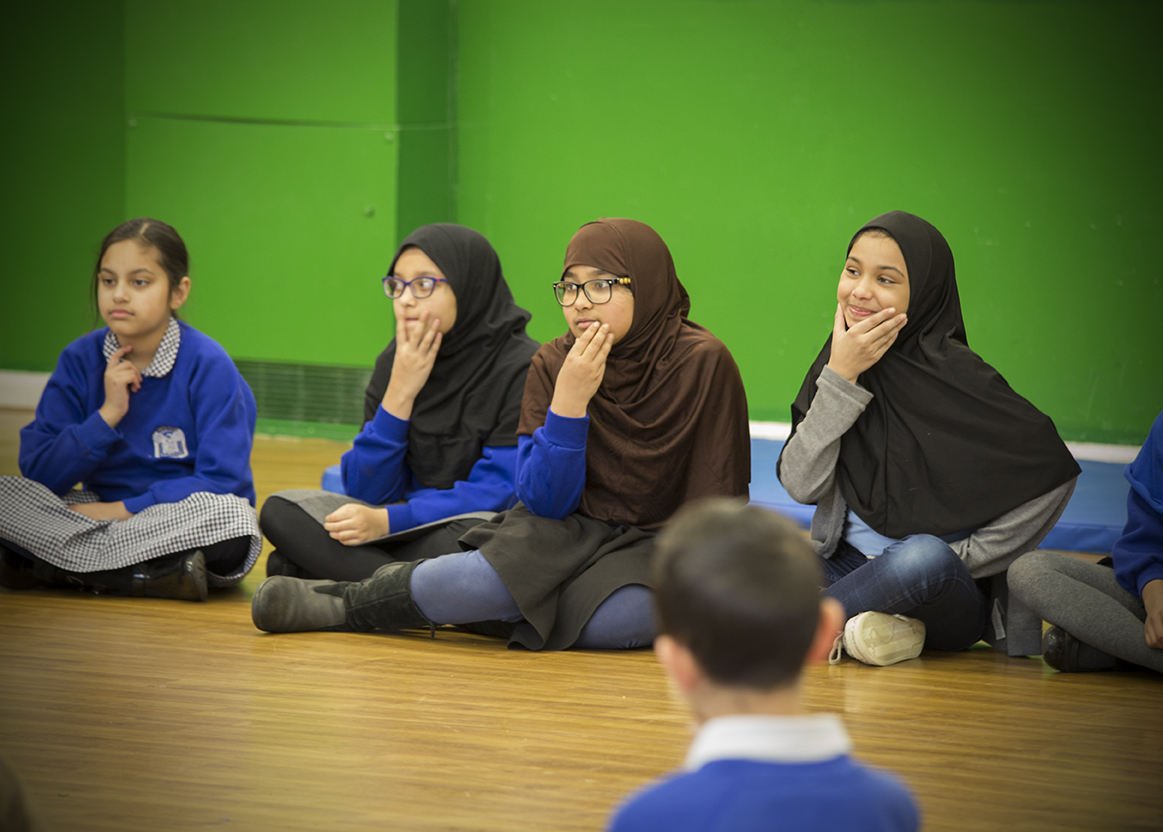


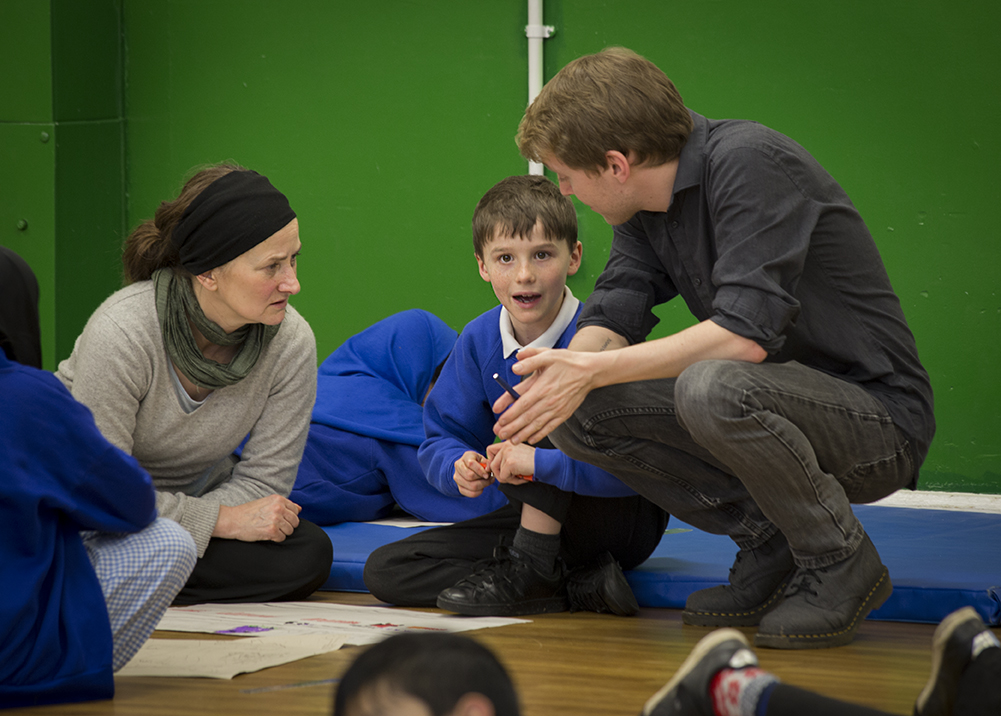
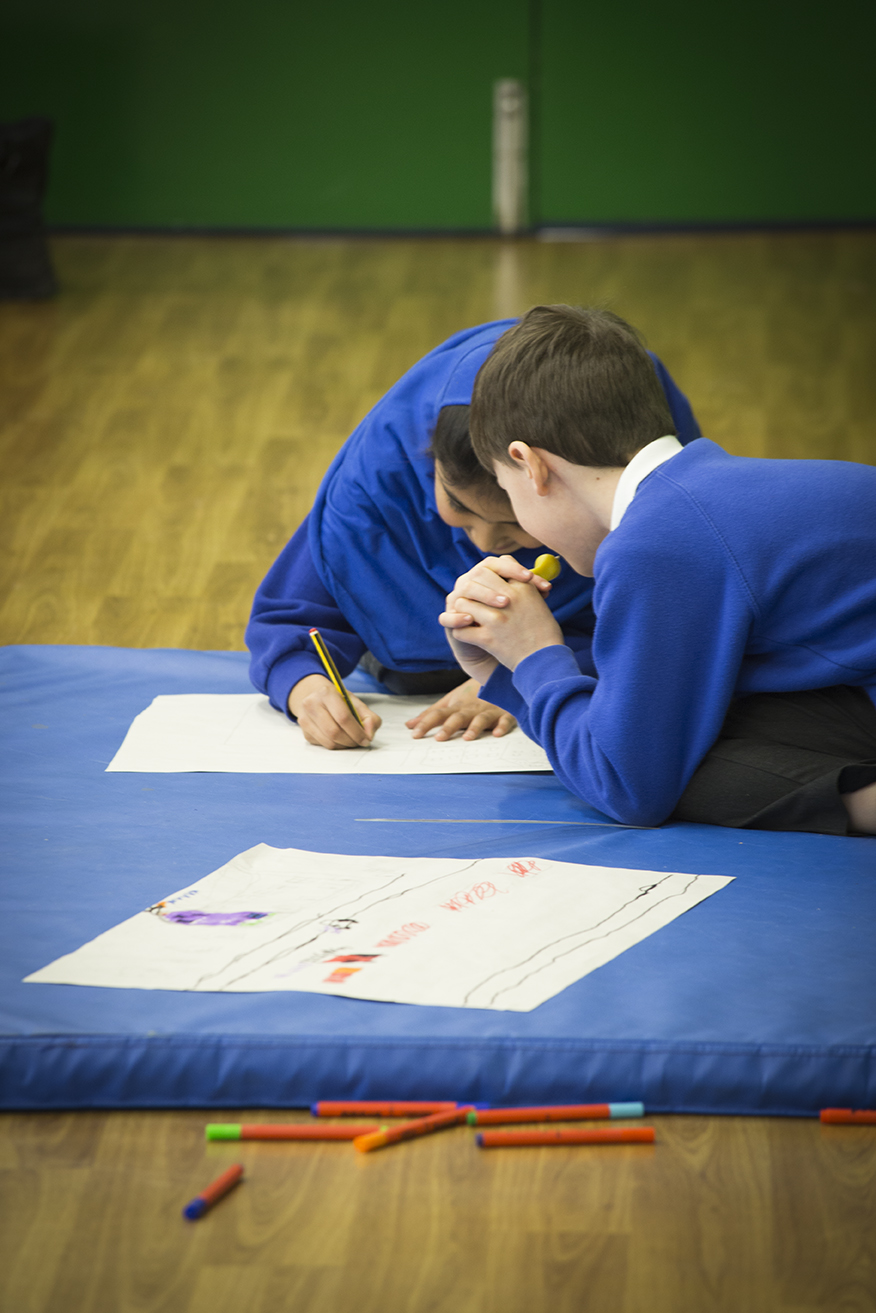
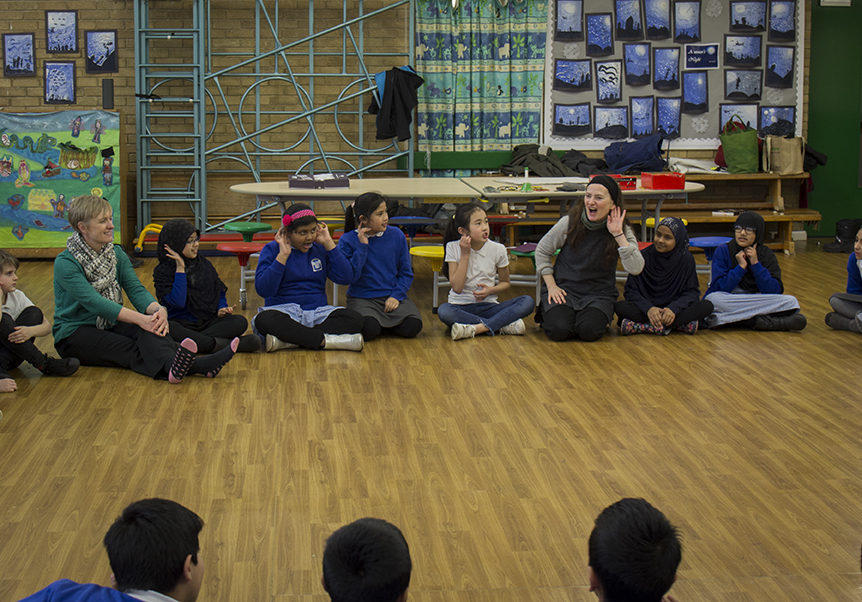
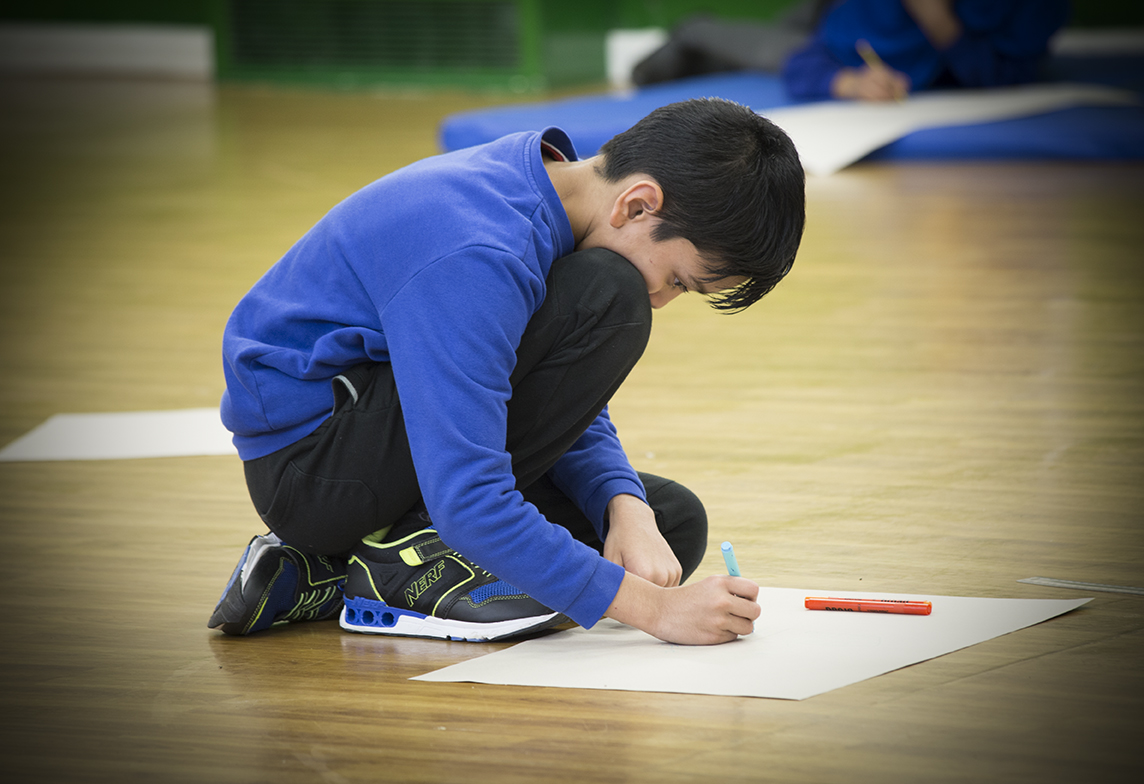

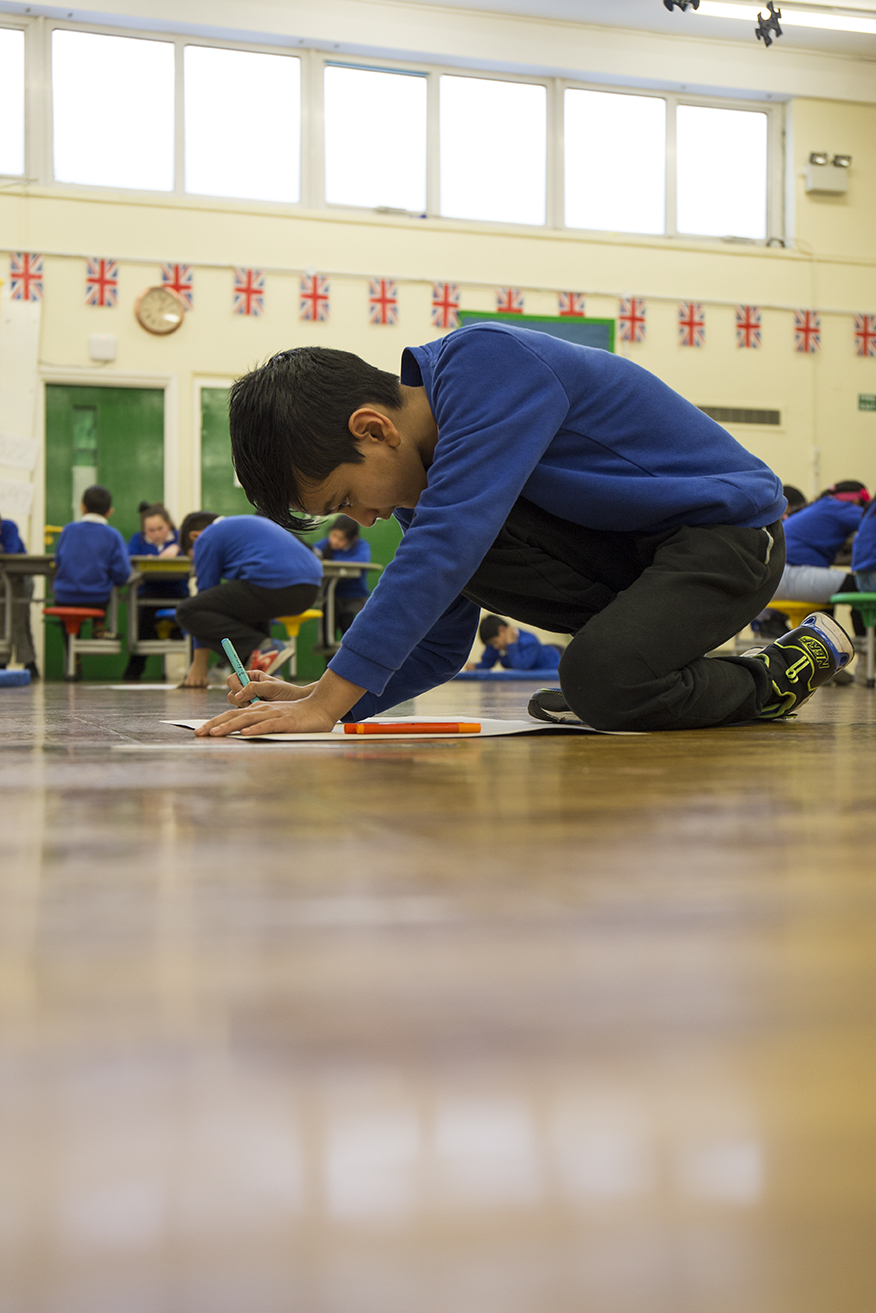

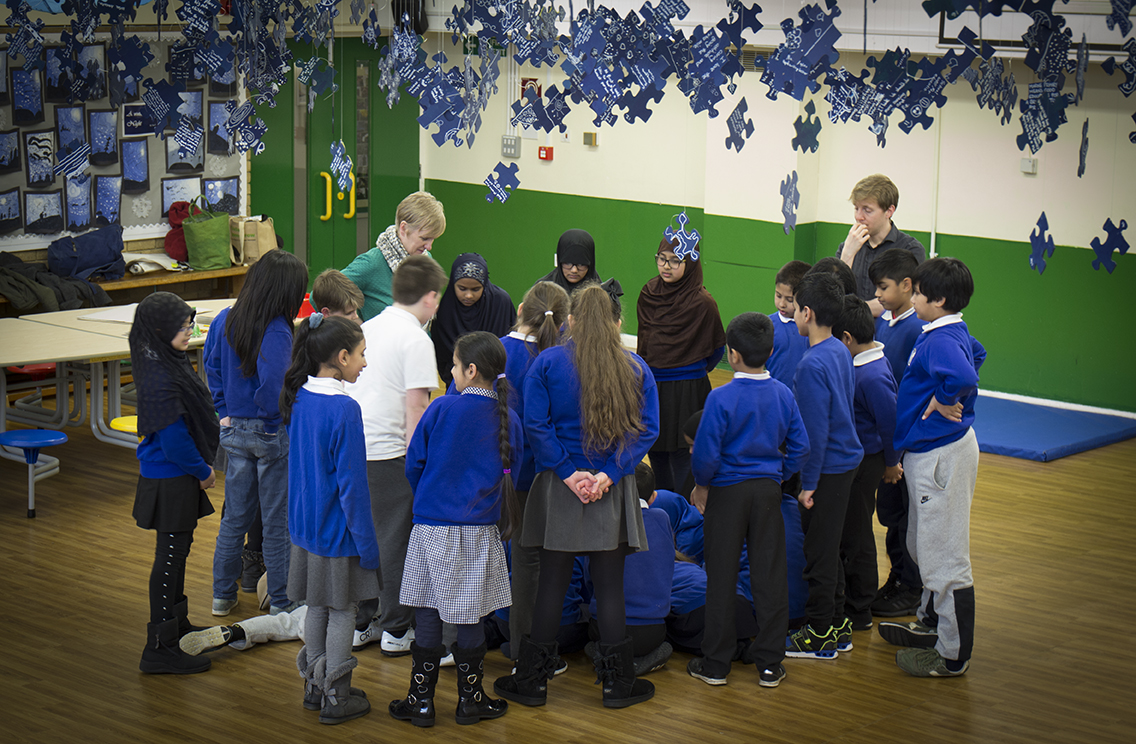
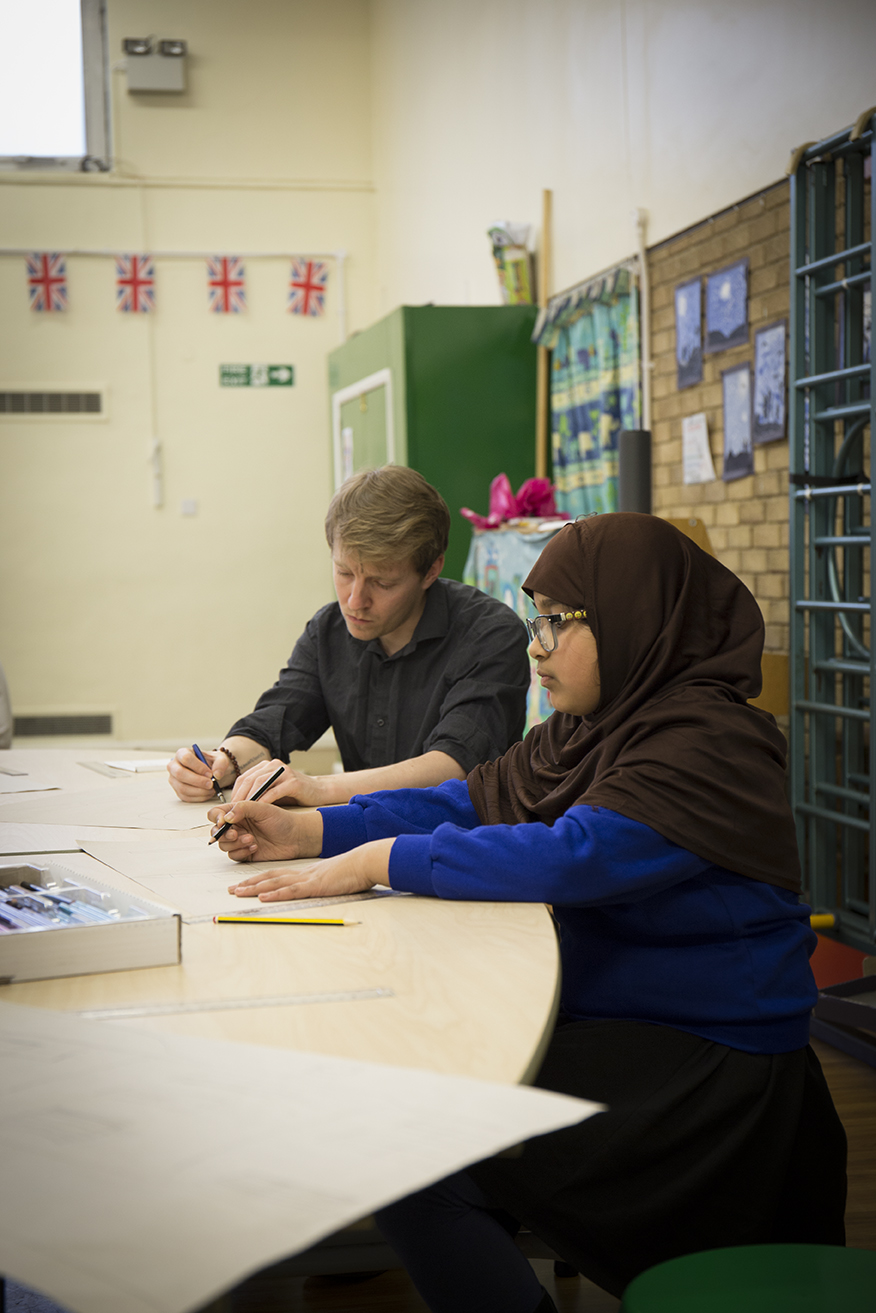
Our Near and Far Project is now well underway with a thorough investigation of that which is near to us; our family,our friends, the food we like to eat, the things we like to do and the things in and around our near space and also those things that annoy and upset us.
This team of geographical, visceral researchers plunge right into the experience of the feeling realm of nearness. We share ideas via moving together and so the children are very soon experimenting with ideas about proximity and exploring the kinesphere. How close is too close and how far do you need to go to feel disconnected?
Squishy Squashed In your face Cramped Spaceful Alone
The room is populated by movement and the sort of energy and focus that is usually associated with playing which is what learning is really....or should be. It is for this reason most of the work that I do needs more space than a traditional classroom. Research needs to move and to stretch its boundaries. There are intense exchanges of information and the sorts of insights that I love begin to emerge. S has a realization about his eye line , about the level at which he looks out at the world. He swoops his hand from his eyes to the top of his skull and his cropped hair as with delight he realises that he has " all this space above my eyes" He is, he says taller than he feels , taller than the level at which he views and relates to the world. Sensing our selves, how we feel and how we are seen is the sort of learning I treasure . We all giggle along with S who seems genuinely amazed at discovering this new spatial relationship with himself, there are lots of moments of recognition from his peers who also begin to do the eye to head swoop! How we look out at the world and how it looks back at us is a reciprocal exchange of information, S has given us all a little somatic experiment and a sharing of his viewpoint.
Following this "off the top of the head" revelation I read a small extract of a poem by Rumi
If anyone kindly asks you how tall I am, show him your arched eyebrows, say, “Like this".
I love this poem and what it says about the importance of direct experience, of knowing and feeling rooted and connected in the body . I desperately want children to have more opportunities to learn with their full selves, their body of knowledge, developing and valuing their interoceptive awareness. Know yourself, by your self, own your knowledge....it is still a radical proposition and not just in schools!
We move on from practical physical experiments to sensory mapping , drawing out our learning, visiting each other's maps and some really profound silences emerge as the researchers plug deeper in to their sense memory.
There is something delightful about the immediacy of their energy and how their maps capture the particularities of their relationships to people, places and objects. Their unfettered, unrestrained response to the world has so much to teach us. Contemplating his map J comments
" You know it is a funny thing because all the front of our houses look okay but at the back there is loads of rubbish and loads of dog poo.
He thinks some more and his thinking is characterized by his movements, his body and pen moving and tapping between the in front and behind spaces. As someone who is interested in movement as a thinking process I am entranced and involved in how J is thinking about his environment and how movement and pondering time are key to him formulating his ideas.
He is moving the research , giving research a new shape... moving and thinking together and then he says
I think we need to take over the banks and then we would have the money and then take over the buildings so we didn't have to pay the landlords and then we get to take over, we'd have the money, we'd all be rich."
A sense of something being unfair is clear to J, appearances and inequalities, banks and landlords shaping the communities we live in. As adults we lose sight of what is in front of our noses, behind our houses, behind closed doors. We become complacent , we smooth over the tricky bits and close our doors on the shared spaces in so many ways. J feels there is something implicitly wrong about this. J's sensory mapping has given him key pondering time, he keeps tapping the area that indicates the "behind the houses" spaces, the stuff we all know is there but don't want to deal with. What children say, what they notice and their lack of ambiguity is always a wake up call
Our project seeks to ensure that in considering near and far we find ways to listen and to acknowledge diverse opinions and thoughts about spaces, places and people, What these children say, feel and think, are crucial to building understanding to increasing knowledge about the importance of context and it's why these young people are such a vital part of my Leverhulme residency. They say it like it is....
S shares how sad he feels about people who let their dogs " poop all over the graveyard" he is angry that "they" don't care about how their actions might make someone feel .
The word feel comes up a lot today. The children are fed up with the mounting rubbish and the lack of clean spaces for play. Another child K talks about someone as being "evil" because "they" deliberately mess up the common grass area with their five dogs.
Another child talks about the absence of their father who is working in Bangladesh but with whom they talk "at home on the phone" a sense of far within the near space and within it a tale of longing and belonging, something we will explore later. Where do we belong and to whom do we belong?
Headteacher Alison Burden took time to chat with the children today and to look at their maps. Like us she was struck by the intensity of their near space , how hemmed in the children feel and how few clear and clean spaces there are that encourage play and that keep children visible and connected in our communities. These young researchers give so much for us to collectively consider. It is true that there is a beautiful park and coastline relatively near to where the majority of the children live but those spaces are considered to be part of the as yet un-mapped "further away space" spaces they cannot as yet independently access. The dog poo and the rubbish aside the children also map the importance of closeness, of friends you can call to from your window, of plants and vegetables growing on balconies , of sunrises and sparrows, grandparents and relations that live nearby
" Geography requires freedom...Good geography, a geography able to explore connect, map and engage requires freedom. Yet freedom is easily lost... Increasingly children are deprived of the freedom to explore to roam and to hide away out of the reach of adults. The traffic and "stranger danger" mean the streets are too risky, so too the parks"
Bonnett, Alastair (2008)What is Geography? Oxford: SAGE publications
(Please click through images of the near space )

